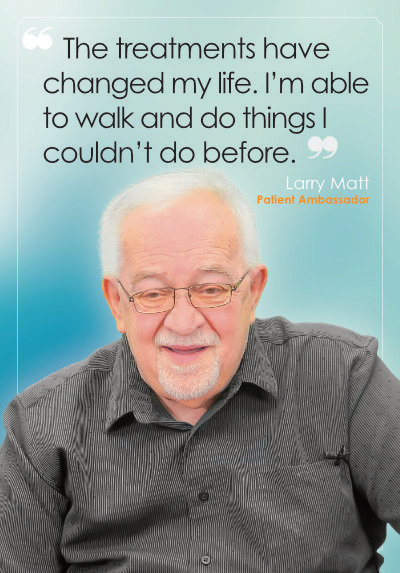 My name is Lawerence Matt; I go by Larry Matt. My partner and I run a restaurant here in St. Joe and we have for 32 years: The Cabbage Roll, a german restaurant. Very good, excellent food. I cook all the time and Andy helps me cook.
My name is Lawerence Matt; I go by Larry Matt. My partner and I run a restaurant here in St. Joe and we have for 32 years: The Cabbage Roll, a german restaurant. Very good, excellent food. I cook all the time and Andy helps me cook.
What were your symptoms? How did they affect your daily life?
I could hardly walk. I started with a cane, walking with a cane. Then I went to a walker, then I went to a wheel chair. I just couldn’t get around, period. And so I went to the hospital here in St. Joe, they sent us to Kansas City, then they sent us to Mayo [Clinic] in Rochester [MN]. They told me ‘The only thing you can do is go home and do physical therapy’. And I did physical therapy for like a month, which it helped a little bit, but I still couldn’t get around the way I knew I should be able to get around.
How did you hear about Alsara Vein Clinic?
So, then Bill and Sharon Luce told me about the doctor, [Dr.] Gupta, and said ‘They’ve done wonders with my legs. Why don’t you go try them?’ So I did, and this is the first place that ever did anything. It just was wonderful.
How did you feel during and after your treatment?
The first time he worked on my legs… I never could walk [before]. I had to go and use the scooters in stores and that, and after he did the first treatment, we went to Sam’s Club – I walked the whole store; went to Walmart – I walked the whole store. Of course, I was exhausted, but at least I could do it! And that was wonderful.
What was your first impression of Alsara Vein Clinic?
Out here was really the first time anybody actually said something was wrong. Nobody ever told me anything was wrong [before], and I knew something was. After the first consultation, it was just wonderful, you know, he’s so personable. He’s really a nice guy.
How did you feel during and after your treatment?
Well, during the procedure, I was skeptical to say the least. And then I said ‘Well, what are you going to do? How exactly are you going to do these veins in my legs’? And, so, he told me and, you know, I thought ‘well, that’s kinda goofy what you have to do to ‘em’ [laughs]! But it was great. I mean, he put some glue [VenaSeal™] in some of them, and put… [laughing] he had this can of stuff [Varithena®], foam stuff, and I said ‘hell, that foam stuff, I can go to Lowe’s and get a can of that stuff you spray for your house for cracks, ha ha ha!’
I had some pain, but not much. It was really, really kinda painless almost compared to some of the other stuff [other] people wanted to do, but it was fine. There wasn’t a lot that had to be done, really, for after-treatment care. I mean, I’d just… I’d come back here and they’d check me over [with ultrasound] and everything was fine. Yeah, after it was finished, we went to… and I walked the whole store – I didn’t need to use a cane, a walker, or my wheelchairs. It was really wonderful just walkin’ around, not having to… I mean, I love the scooters, though; they’re fun… but I didn’t have to use any of them, that was the best part. If I needed to, I had them all, but I didn’t have to use them.
How would you describe Dr. Gupta?
Dr. Gupta’s very professional and he knows what he’s doing. He explains everything to you; with a lot of doctors, they really don’t do that anymore. But, yeah, he’d stand there or sit there and he would explain to me what he was going to do, which I like that, and he had monitors that you could watch what he was doing. It was really, really nice.
What was your impression of the staff at Alsara Vein Clinic?
Oh, your staff is wonderful. They treat you like family. They’re really great. Kati, she’s kinda goofy, ha ha ha, but she’s good, ha ha ha! But, yeah, your staff is wonderful.
How did you feel after your treatment?
This is the only place that they’ve actually helped me, was here with Dr. Gupta at your vein clinic. I mean, nobody else really helped me do something with my legs except Dr. Gupta. I finally got answers as to why this is going on with my legs, so that was great, too.
How have the treatments changed your life?
The treatments have changed my life. I’m able to walk and do things I couldn’t do over a year ago. I can walk, I can do… I can’t dance yet, but I never could dance, so [laughs] that didn’t help much! But, ah, no, it was great.
How was your insurance coverage?
I never had a single problem with insurance coverage, not a bit. They just take care of it. Well, because I have a primary which is Medicare, and then I have my supplement, And, no, there have never been any questions with the insurance at all. So that’s wonderful, too [laughs].
Would you recommend Alsara Vein Clinic to family or friends?
Oh, yes, I’ve mentioned it to everybody that has something wrong with their legs to come out here. At least get a [free] consultation, you know. But I know they can do wonders for you.
Is there anything else you would like to share?
The best thing about Dr. Gupta is that he explains everything to you. Not like some doctors that don’t do that. And he said ‘Your veins in your legs are just like highways, where you have some that have off-ramps’ – all kinds of stuff like that – ‘and we’re going to block it off, and in this vein, we’re going to put stuff in [VenaSeal™] so that it starts coming out this vein.’ The way he explained it ‘like a highway’ you can understand what he means, and that was great that way. He explains everything to you – I like that. And he knew right away what the heck was wrong [with my legs]. Well, how come one doctor knows that, and none of these other doctors know anything about it? So, I came out here [to Alsara Vein Clinic] and been out here ever since – not going to anybody else, ha ha ha ha ha!
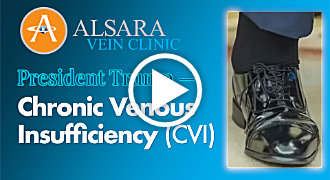
 As varicose vein symptoms worsen, there is increased backflow (reflux) of blood, which causes swelling in the ankles, feet, and legs. This is followed by discoloration around the ankles and feet. Left untreated, this may result in stasis dermatitis (dry, flaky rash), phlebitis (blood clots), and ulcers (skin sores).
As varicose vein symptoms worsen, there is increased backflow (reflux) of blood, which causes swelling in the ankles, feet, and legs. This is followed by discoloration around the ankles and feet. Left untreated, this may result in stasis dermatitis (dry, flaky rash), phlebitis (blood clots), and ulcers (skin sores).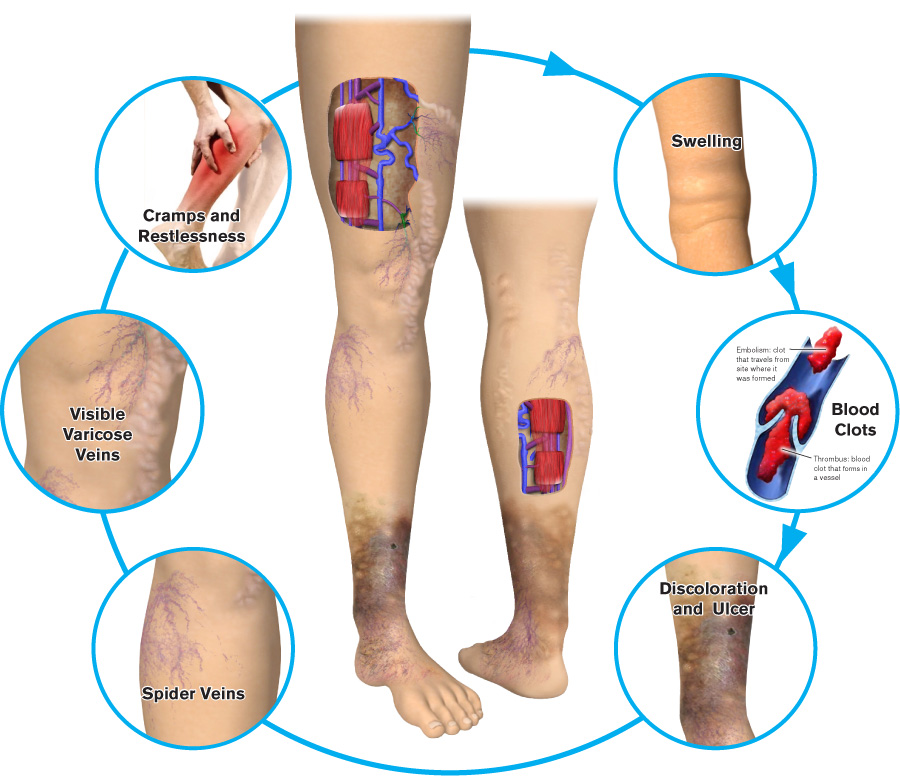


 In his TED talk, Robert Waldinger, Director of the Harvard Study, states that many people tend to think that fame, fortune, and hard work will bring them happiness. The study found that social connections are the most important factor responsible for our well-being. Numerous other equally surprising correlations came out of this study, such as people’s level of satisfaction with their relationships at age 50 was a better predictor of physical health than their cholesterol levels were, and that marital satisfaction has a protective effect on mental health.
In his TED talk, Robert Waldinger, Director of the Harvard Study, states that many people tend to think that fame, fortune, and hard work will bring them happiness. The study found that social connections are the most important factor responsible for our well-being. Numerous other equally surprising correlations came out of this study, such as people’s level of satisfaction with their relationships at age 50 was a better predictor of physical health than their cholesterol levels were, and that marital satisfaction has a protective effect on mental health. To make matters worse, patients are unable to make a correlation between veins and their symptoms often confusing spider veins with the diseased veins present deep inside the leg responsible for chronic venous insufficiency. Left untreated, the condition continues to worsen and may manifest as frequent skin infections (cellulitis), profuse bleeding, poorly healing sores in the legs, and life-threatening blood clots.
To make matters worse, patients are unable to make a correlation between veins and their symptoms often confusing spider veins with the diseased veins present deep inside the leg responsible for chronic venous insufficiency. Left untreated, the condition continues to worsen and may manifest as frequent skin infections (cellulitis), profuse bleeding, poorly healing sores in the legs, and life-threatening blood clots.
 My name is Lawerence Matt; I go by Larry Matt. My partner and I run a restaurant here in St. Joe and we have for 32 years: The Cabbage Roll, a german restaurant. Very good, excellent food. I cook all the time and Andy helps me cook.
My name is Lawerence Matt; I go by Larry Matt. My partner and I run a restaurant here in St. Joe and we have for 32 years: The Cabbage Roll, a german restaurant. Very good, excellent food. I cook all the time and Andy helps me cook.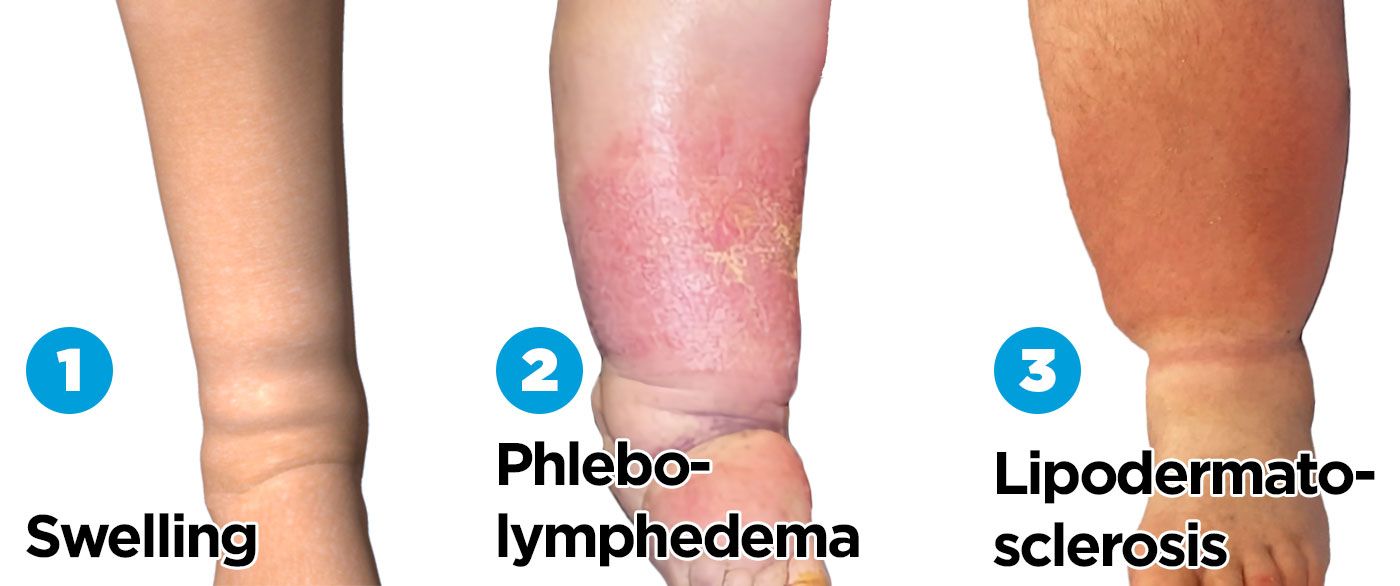
 Veins play a crucial role in circulating blood back to the heart. In the legs, they must work against gravity to push blood upward. When some veins fail to function properly, they may allow fluid to leak into surrounding tissues, irritating nearby nerves and potentially leading to neuropathy-like symptoms in the legs and feet. However, unlike true neuropathy, which involves permanent nerve damage, neuropathy-like symptoms linked to venous insufficiency tend to fluctuate throughout the day. These symptoms usually intensify with prolonged sitting or standing, particularly in the evening, and tend to improve with leg elevation or in the morning before lowering your legs below heart level.
Veins play a crucial role in circulating blood back to the heart. In the legs, they must work against gravity to push blood upward. When some veins fail to function properly, they may allow fluid to leak into surrounding tissues, irritating nearby nerves and potentially leading to neuropathy-like symptoms in the legs and feet. However, unlike true neuropathy, which involves permanent nerve damage, neuropathy-like symptoms linked to venous insufficiency tend to fluctuate throughout the day. These symptoms usually intensify with prolonged sitting or standing, particularly in the evening, and tend to improve with leg elevation or in the morning before lowering your legs below heart level.
 Unlike neuropathy caused by diabetes, infections, vitamin deficiencies, or injuries—which are often permanent—neuropathy linked to venous insufficiency can fluctuate throughout the day and may be reversible. Symptoms tend to worsen with prolonged sitting or standing but often improve when the legs are elevated. Research
Unlike neuropathy caused by diabetes, infections, vitamin deficiencies, or injuries—which are often permanent—neuropathy linked to venous insufficiency can fluctuate throughout the day and may be reversible. Symptoms tend to worsen with prolonged sitting or standing but often improve when the legs are elevated. Research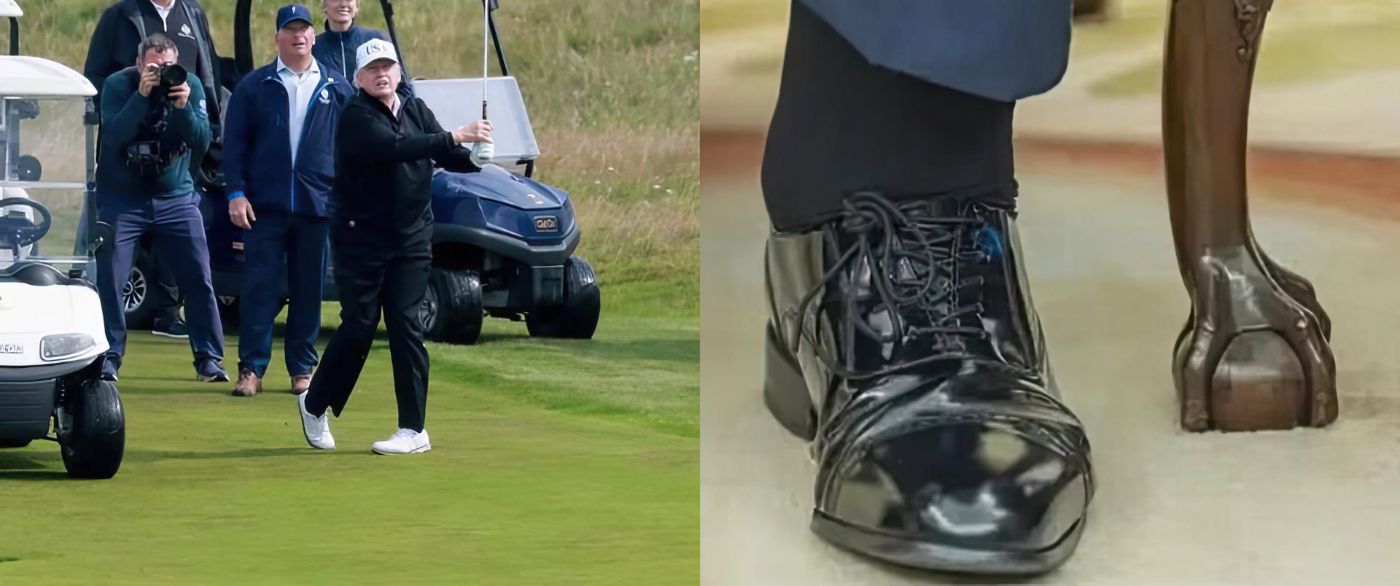



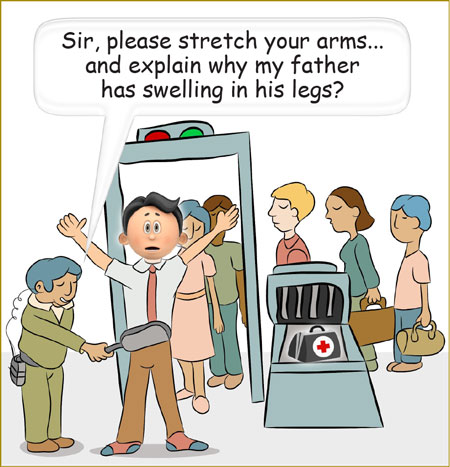 When we are faced with loss, it is sometimes difficult to feel a sense of gratitude in our lives, yet I had another opportunity to recognize the blessings soon after. Upon conclusion of the 10-day trip, as we made our way through the airport security checkpoints, I crossed paths with a security officer who politely asked me to stretch out my arms while he whisked his “magic wand”, checking for any metal items. In doing so, I struck up a casual conversation with him about how busy the airport was and, out of habit, mumbled about the adverse effects of gravity on blood flow in legs. This astute officer was quick to recognize that I was a Physician and appeared eager to know my area of expertise. His eyes lit up when he learned that I specialized in the treatment of venous leg disorders. He shared that his father has severe swelling, tingling sensation, and numbness in his legs that had already caused numerous falls and injuries. I explained how swelling in the legs was the most specific sign of underlying, chronic venous insufficiency. The tingling and numbness experienced in the feet are often caused by the mechanical pressure of the fluid that builds up throughout the day in the legs. I offered him my business card so that he could contact my office for further guidance (and to avoid holding up the security line!). I had never imagined that a 30-second airport security screening could culminate in a varicose vein consultation.
When we are faced with loss, it is sometimes difficult to feel a sense of gratitude in our lives, yet I had another opportunity to recognize the blessings soon after. Upon conclusion of the 10-day trip, as we made our way through the airport security checkpoints, I crossed paths with a security officer who politely asked me to stretch out my arms while he whisked his “magic wand”, checking for any metal items. In doing so, I struck up a casual conversation with him about how busy the airport was and, out of habit, mumbled about the adverse effects of gravity on blood flow in legs. This astute officer was quick to recognize that I was a Physician and appeared eager to know my area of expertise. His eyes lit up when he learned that I specialized in the treatment of venous leg disorders. He shared that his father has severe swelling, tingling sensation, and numbness in his legs that had already caused numerous falls and injuries. I explained how swelling in the legs was the most specific sign of underlying, chronic venous insufficiency. The tingling and numbness experienced in the feet are often caused by the mechanical pressure of the fluid that builds up throughout the day in the legs. I offered him my business card so that he could contact my office for further guidance (and to avoid holding up the security line!). I had never imagined that a 30-second airport security screening could culminate in a varicose vein consultation.
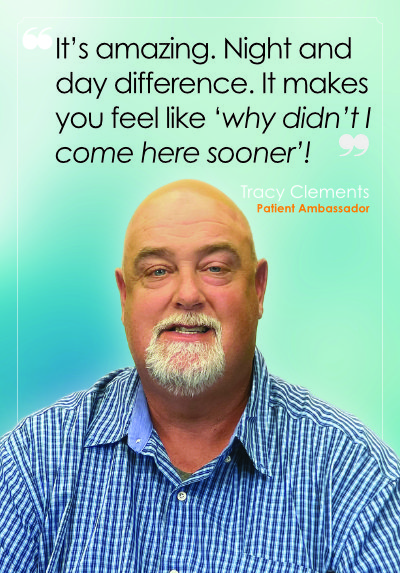 My name is Tracy Clements and I’m from around here, about 30 minutes from here. I suffered several injuries from a car accident years ago, and I recently found out about this place [Alsara Vein Clinic], and I wanted to come here and see oof they could help.
My name is Tracy Clements and I’m from around here, about 30 minutes from here. I suffered several injuries from a car accident years ago, and I recently found out about this place [Alsara Vein Clinic], and I wanted to come here and see oof they could help.
 When your heart beats, it pumps blood through arteries to every part of your body carrying oxygen and essential nutrients. Since you have a limited amount of blood (about 5 liters in an adult), the deoxygenated blood returns to the heart via countless veins in your body. The veins in your legs are farthest from the heart and must work against gravity to push blood back to the heart. Compounded by other risk factors, some veins wear out over time and become “varicose”. The pooling of blood in varicose veins may cause symptoms such as heaviness, tiredness, itching, burning, cramping, restlessness and pain. Left untreated, the increased pressure of blood in the leg veins can leak out, causing problems such as edema, skin discoloration, sores in legs that heal poorly, and frequent skin infections. This condition is called Chronic Venous Insufficiency (CVI).
When your heart beats, it pumps blood through arteries to every part of your body carrying oxygen and essential nutrients. Since you have a limited amount of blood (about 5 liters in an adult), the deoxygenated blood returns to the heart via countless veins in your body. The veins in your legs are farthest from the heart and must work against gravity to push blood back to the heart. Compounded by other risk factors, some veins wear out over time and become “varicose”. The pooling of blood in varicose veins may cause symptoms such as heaviness, tiredness, itching, burning, cramping, restlessness and pain. Left untreated, the increased pressure of blood in the leg veins can leak out, causing problems such as edema, skin discoloration, sores in legs that heal poorly, and frequent skin infections. This condition is called Chronic Venous Insufficiency (CVI).

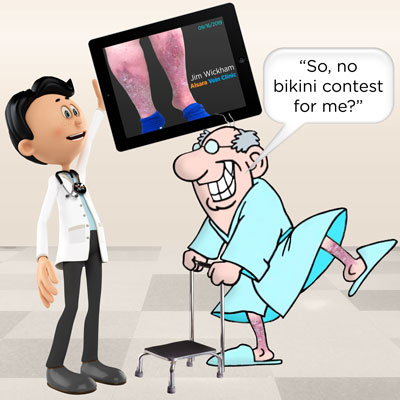 I am humbled by both the confidence that numerous referring providers have in our care and the trust of patients who refer family and friends. For example, Jim
I am humbled by both the confidence that numerous referring providers have in our care and the trust of patients who refer family and friends. For example, Jim
